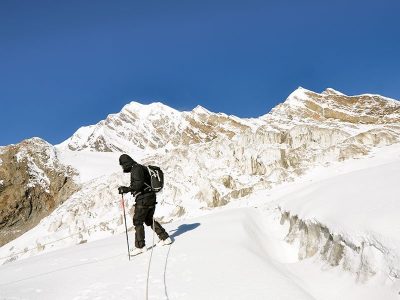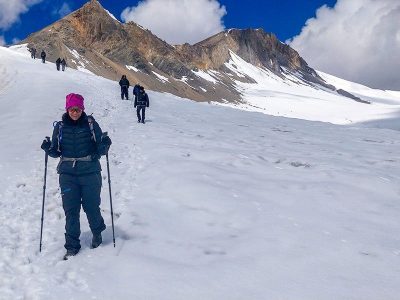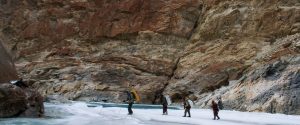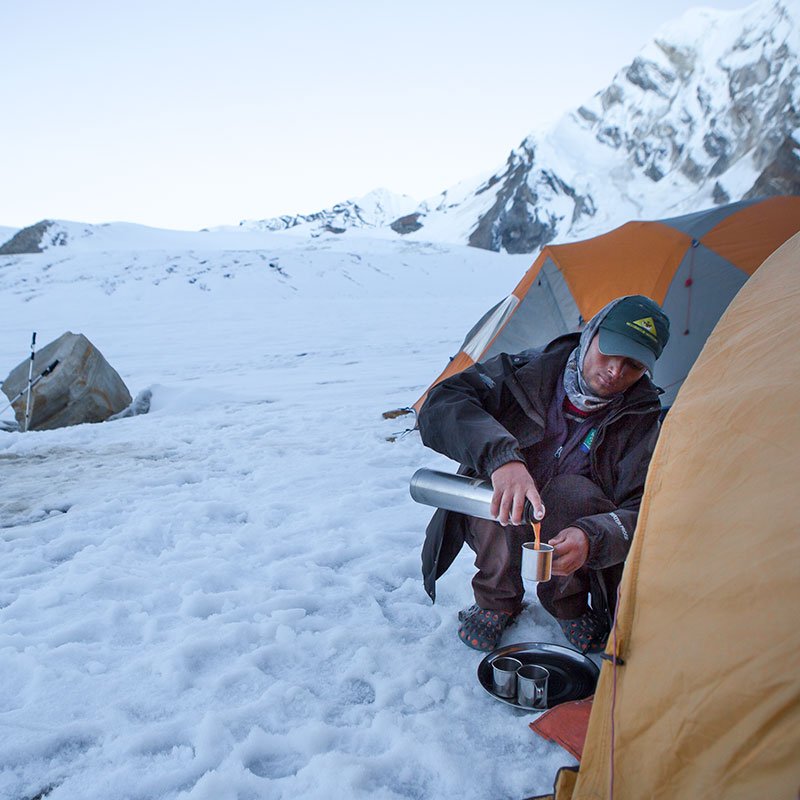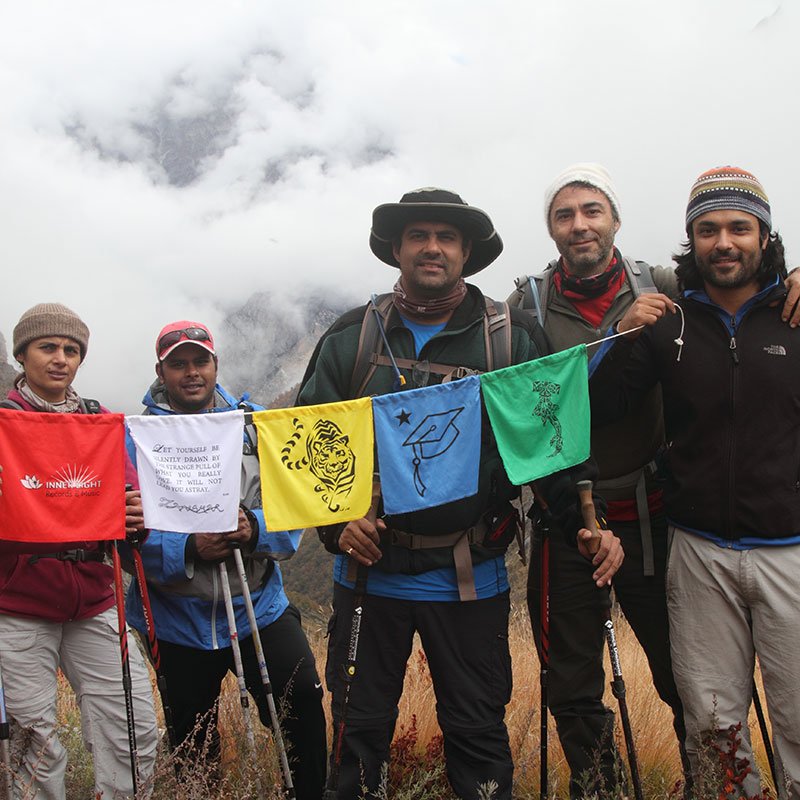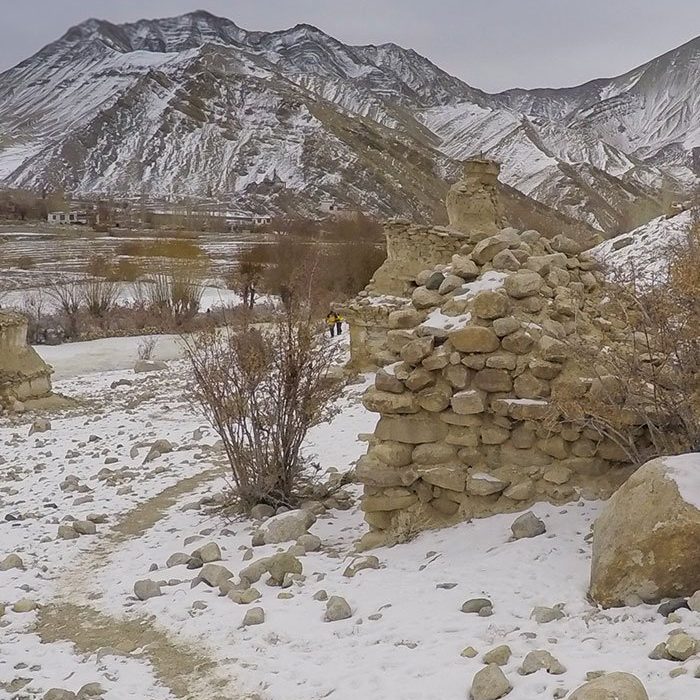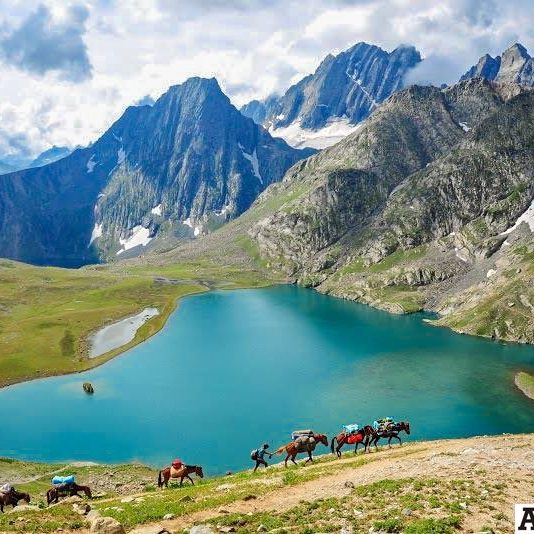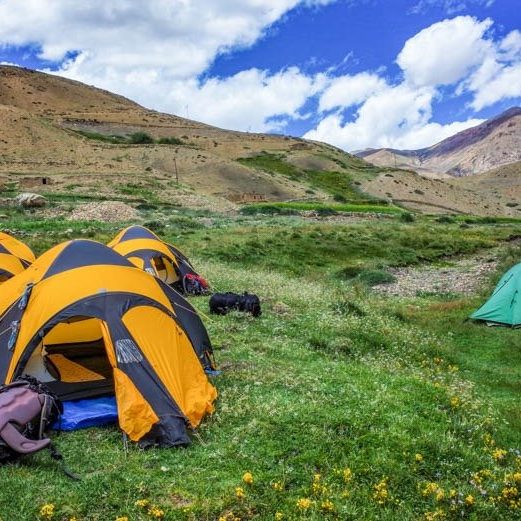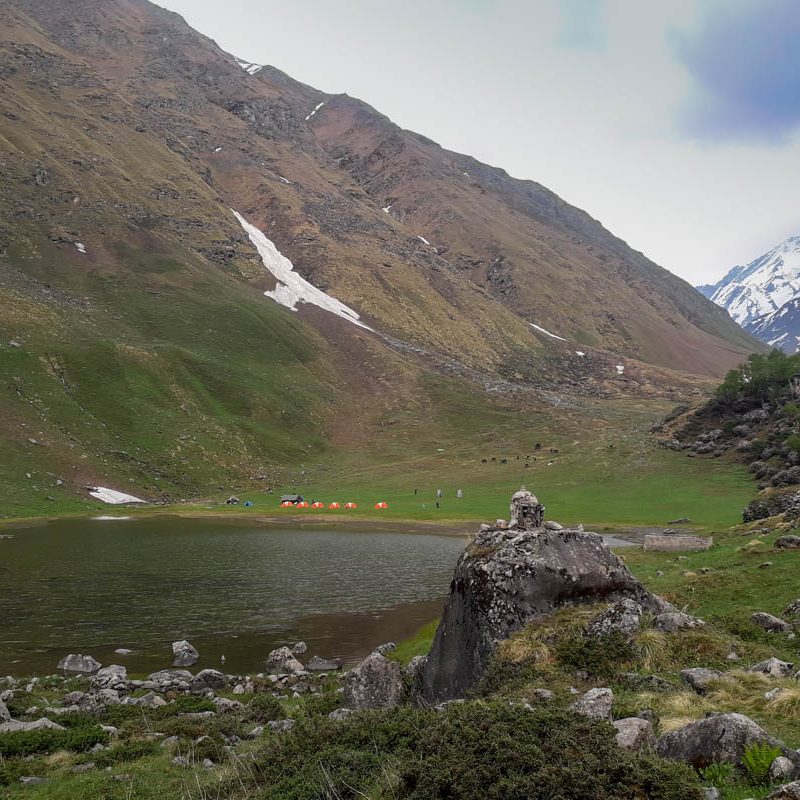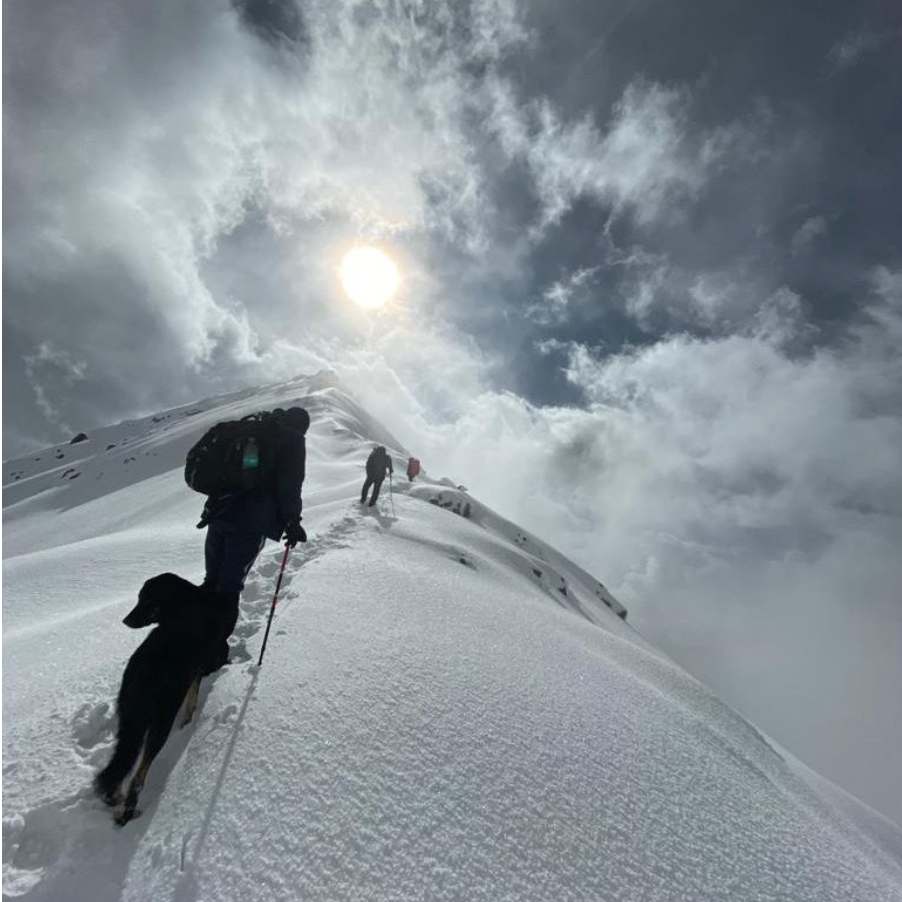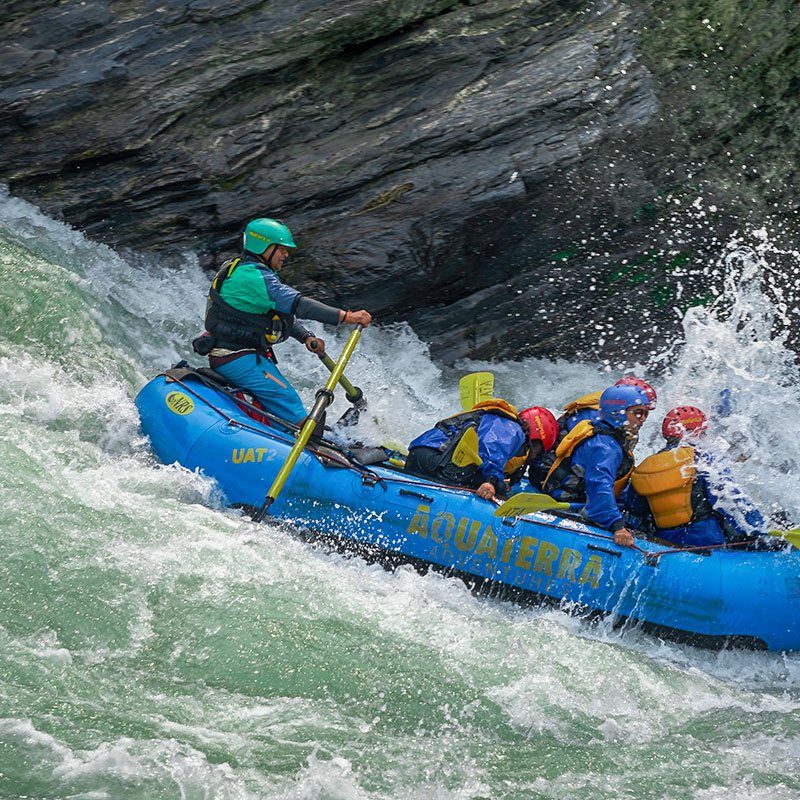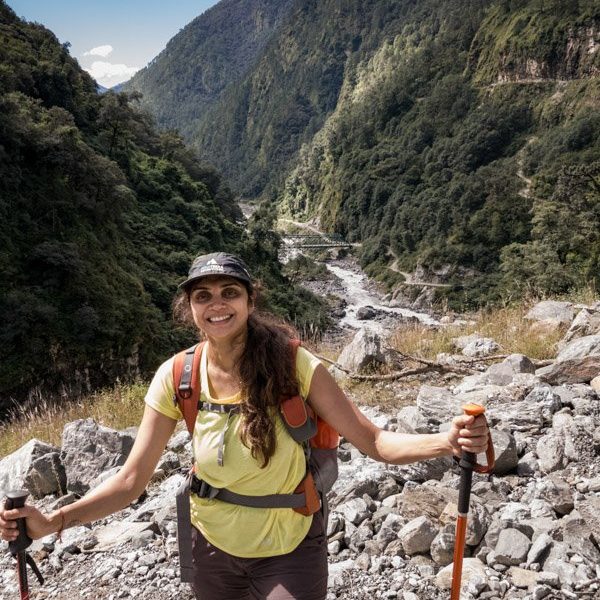
Ladakh lies in the eastern half of the state of Jammu & Kashmir in the far north of India. It shares its much disputed north western border with Pakistan, while to the north lies the Chinese province of Xinjiang, and to the east, Chinese occupied Tibet. It covers an area of approximately 60,000 sq. kms, ranging from 2600 metres to 7670 metres in elevation, Ladakh is sandwiched between two mountain systems – the Karakoram to the north and the Himalayas in the south. Ladakh can basically be divided into five geographical regions – Central Ladakh (the heartland of the Indus valley), Nubra (lying to the north of the Ladakh range), Rupshu (a dry, high altitude plateau lying in the south-east of Ladakh, Zanskar (one of the highest inhabited regions in the world) and western Ladakh or Lower Ladakh (around Kargil).
Zanskar – a remote valley in Ladakh is the fabled “Land of White Copper” – a land of glaciers and extreme cold, snow leopards and the ibex, black wolves and the rare Himalayan blue poppy, and of spirits and monks. At an average altitude of over 13,000 ft, the strange aspect of this valley is that it has no entrance. The two rivers that flow in it meet to carve a gorge so long and deep that one cannot travel down it to enter or exit the region. The only way out is crossing the Zanskar range of mountains, through high passes that are closed eight months in a year.
This gorge of the Zanskar therefore, remains un-trekkable during the summer when the snow melt sends the river raging, but forms a corridor of ice in winter which serves as the only way, albeit dangerous, out of the Zanskar valley.































































